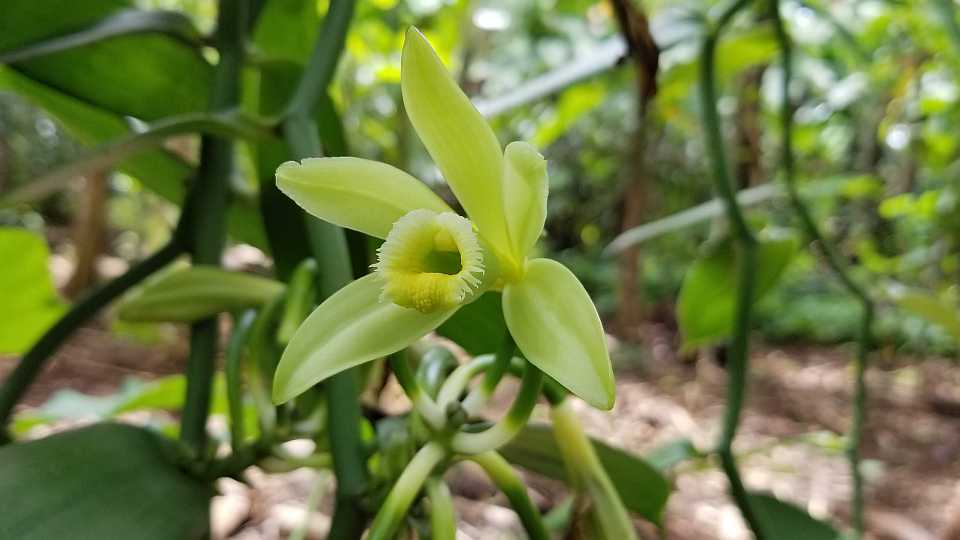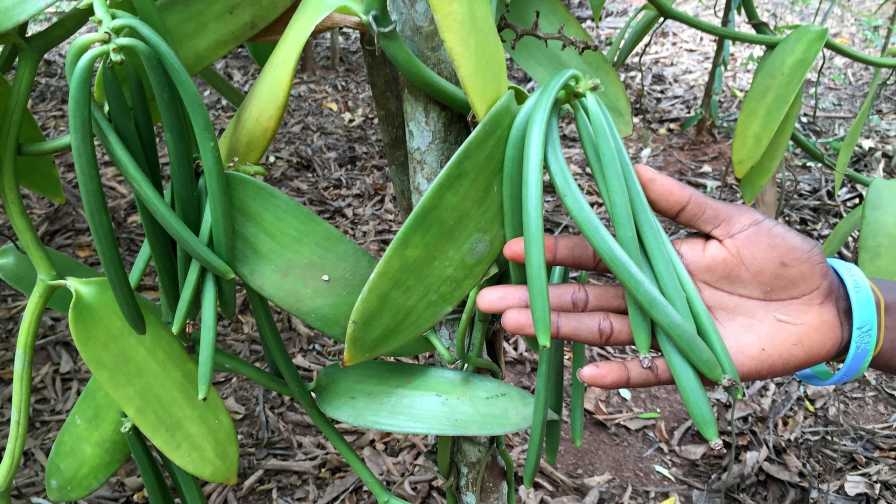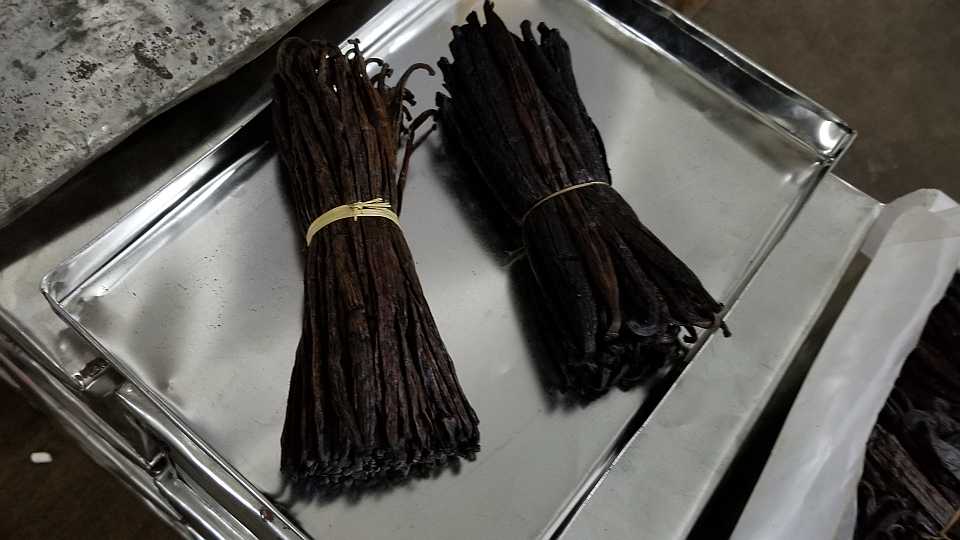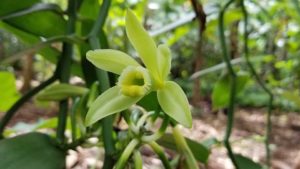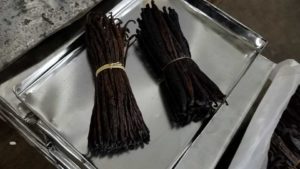Vanilla Ag Venture in Florida on the Verge of New Growth Stage
Thoughts of vanilla spice and everything nice have been on the minds of University of Florida researchers the last few years as they aim to create a domestic industry for the valuable commodity. What might have once seemed liked a dream to grow a vanilla enterprise fresh from Florida is now closer to reality than ever before.
Thanks to nearly $400,000 in grants from the USDA’s Southern Sustainable Agriculture Research and Education (SARE) program, UF/IFAS scientists are picking up the pace on the research phase of the project, which has roots dating back five years.
This research stage is key because it identifies varieties with high yields, disease resistance, high vanilla content, and nutrients in plants to develop the best fertilizer recommendations. According to UF/IFAS, scientists also are looking to identify potential plant pollinators while working with growers.
Madagascar leads the world in vanilla production, supplying more than 80% of the world’s vanilla. Indonesia, Uganda, India, Comoros, Mexico, and a few other foreign countries make up the rest. The U.S., on the other hand, is the largest importer of vanilla beans. The economics paint the picture. Opportunity is knocking for local vanilla interests.
“Vanilla is a highly profitable crop with cured beans, worth $250 to $600 a kilogram,” says Xingbo Wu, a Plant Breeder and Geneticist at the UF/IFAS Tropical Research and Education Center. “With appropriate plant material and production guidance, we can maximize the return on investment in domesticated vanilla production.”
Wu believes there is substantial growth potential in this venture. We calculate the U.S. could be the fifth largest vanilla producer globally with 140 to 670 acres devoted to this specialty crop,” he says. “Our goal is to determine the best vanilla material and efficient production management of growing vanilla in South Florida, Puerto Rico, and the Virgin Islands, disseminate this information to all potential growers and guide the vanilla breeding projects.”
Wu and his team will analyze light and nutrient requirements for maximum vanilla production and determine the appropriate environment settings for vanilla cultivation with collaborative growers from different geographic regions. They also are exploring ways to pollinate vanilla plants. Traditional pollination methods are quite labor-intensive as they are done by hand.
Beyond the unique nature of growing this alternative crop domestically, Wu says growing vanilla beans domestically is a good fit to meet an evolving consumer base that favors local, organic, eco-friendly, and natural products.
“This natural habitat, combined with the beauty and exoticism of the plant, makes it attractive for agrotourism, providing a potential additional source of revenue for vanilla farmers and nearby rural communities,” he adds.
Wu is currently working with six farmers in the Homestead, FL, area and hopes to increase that number. “These existing growers are at different stages that include well-established farms already with high-quality bean production,” he says. “Several growers already have healthy growing vanilla crops with potential bean production in the next three years, and many growers just getting started.”




